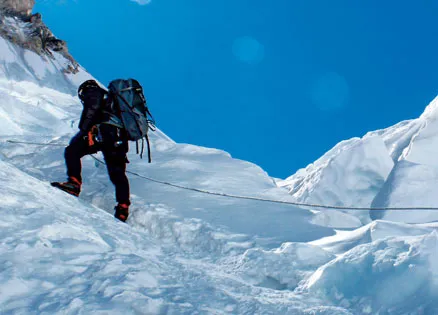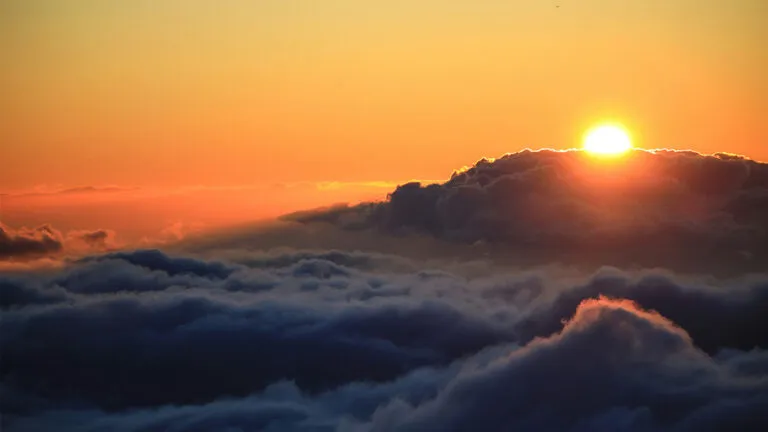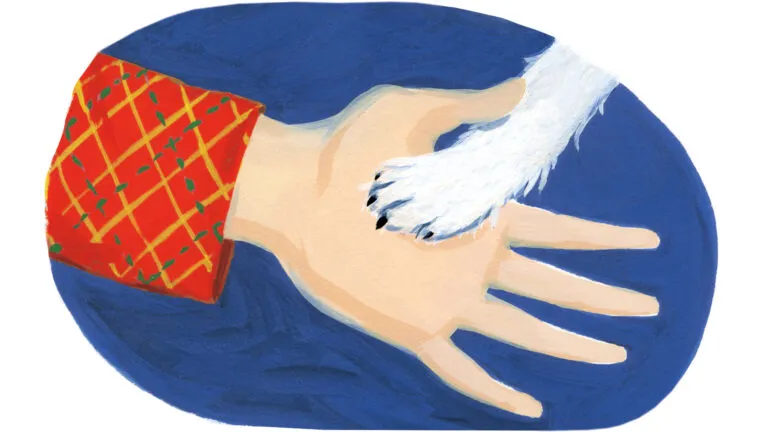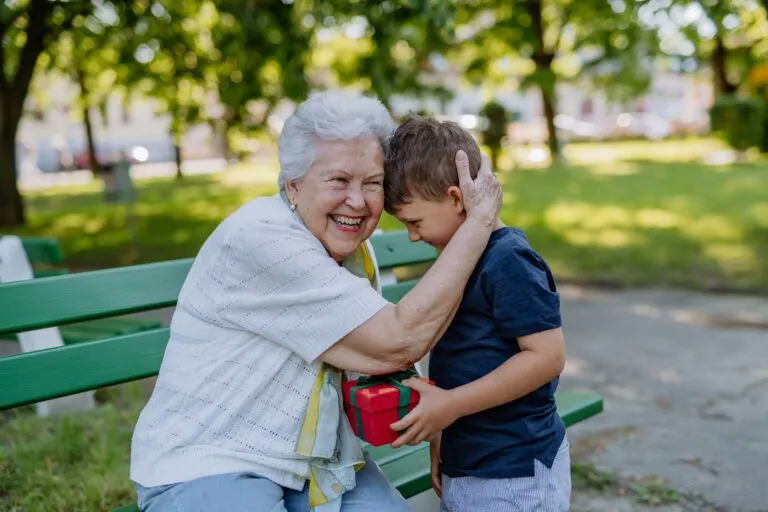A thousand feet. Just over three football fields lined up end to end. But at 28,000 feet above sea level—an altitude climbers call the “death zone”—a single step can require an exhausting effort, even when breathing supplemental oxygen, which I was.
I prayed nothing would go wrong with my equipment on this final, solo push to the summit. Without gas the climb would be almost impossible.
There are very few places on earth where a man can stand at 28,000 feet. Mount Everest is one. It was where I stood that May night last year under the brilliance of a full moon, in my quest to climb the highest peaks on all seven continents.
Of course, Everest was the highest mountain of all, and by far the deadliest of the seven summits.
I checked my watch: 2:30 A.M. It would take all night to reach the top and half of the next morning to get back down. And I’d have to do it alone. Not what I’d planned. And not what I’d promised my wife, JoAnna, back home in Snoqualmie, Washington.
“I’ll have a Sherpa guide the whole time,” I’d said.
Himalayan Sherpas are legendary for their experience and endurance, and I’d engaged a good one for this climb, named Pasang Temba. He’d already summited the mountain three times.
“I’m going to pray for you anyway,” she said. “Constantly. I won’t stop.”
Now I needed those prayers more than my wife could possibly know.
First my climbing partner, Dennis Broadwell, was hit with stomach problems. He was slowly recovering in his tent back at Camp II. Then Pasang got sick.
I thought long and hard about continuing, especially after I might have damaged my goggles. I’d never intended to climb Mount Everest solo.
The risks were much more magnified. A lot of factors were in play—the weather, the conditions, how I felt. I decided to go for it.
Conditions were good—for the next eight or nine hours, anyway. After that you never know. On Everest weather kills more people than anything else. I reminded myself of the reason I’d undertaken this challenge: to raise money for AIDS research.
I tightened my crampons, checked my radio, double-checked the location of the extra oxygen canister Pasang had stashed for me (I’d need it on the way down), and set off up the ropes to the top of the world.
As I did, an image of JoAnna flashed through my mind, her eyes closed in prayer. I recalled our last night together before I left for Nepal two months earlier.
“I’m worried about you, Brian,” she said, clutching me tight.
“Don’t be,” I said gently, listing the reasons I’d return to her and our two young children safe and sound. “I promise I won’t take any foolish chances. You know me better than that.”
I rechecked my equipment, then headed off, my focus toward the top, one slow step at a time. Only a thousand vertical feet. So close….
I felt myself fall into a rhythm, slow and steady. The climbing was hard but not technically difficult. The moon was so huge and close, like a great inflated orb, that the jagged spine of the Himalayas seemed in danger of tearing a hole in it.
Stars punctuated the sky. What a beautiful night it was! I didn’t want this fear and apprehension to ruin it. The wind was baying softly, not screaming as it so often does this close to the jet stream.
Wow, I’m the highest person in the world right now, I thought. Enjoy this moment.
Soon I reached the only real technical challenge on the south approach to the summit: the storied Hillary Step, probably the most celebrated pitch in all of mountaineering.
Named after Sir Edmund Hillary, the New Zealand beekeeper who was the first to conquer Everest in 1953, its 40-foot high, near-vertical, ice-encrusted rock face would at sea level be a quick training exercise.
At above 28,000 feet it is a life-or-death obstacle. And I was doing it alone in the dark. Now let’s see what kind of a climber you really are, I thought.
I checked my harness and carabiners then started up the step guided by the beam from my headlamp. By the time I reached the top of the cliff I was monitoring my oxygen.
I lay in the snow feeling the frantic pounding of my heart through my layers of clothing. I was sweating furiously though the temperature was well below zero. Human beings don’t belong up here, I thought as my respiration and pulse returned to what is considered normal at this height.
I gazed up at the shadowy bulge above. The summit. All that separated me from the final slope was a horribly exposed fin of serrated ice and rock several hundred feet in length with sheer drop-offs on either side.
I clutched the rope and headed across, one foot in front of the other. If I had sat down and straddled the ridge I would have had one leg dangling in Nepal and the other in Tibet, thousands of feet straight down.
Nobody ever finds bodies that fall from here, I couldn’t help thinking.
Finally I made the slope and headed for the top. At 6:30 A.M., with a blinding sun spilling across the vast Tibetan plain, I stood on the roof of the world.
I pulled on my sun goggles and radioed down to Camp III. In a voice hoarse with exhaustion and emotion I announced that I’d made it. They roared their congratulations.
“Way to go, Brian!” I heard Dennis croak above the staticky din.
Kaleidoscopic strings of prayer flags left by earlier summiters snapped wildly in the wind. Yanking off my goggles, I extracted my camera from inside my climbing suit and snapped panoramic pictures all the way to China. I was up there for almost an hour.
It was getting late. I had to get off the summit before apoxia and hypothermia set in. Finally I put away my camera and commenced the descent. I glanced below me and saw…nothing. Oh, no… I was snow-blind.
And then I realized: When I’d dropped my goggles the day before, the internal lens had cracked. They were almost useless. Without my goggles for protection, I’d exposed my eyes to the blazing sunlight and effectively sunburnt my corneas. It would be 48 hours of agony before I would see normally again.
I thought about that knife-edge ridge and the four-story Hillary Step to be negotiated. A feeling of doom crept over me. Lord, no…
I grasped for my radio, but there was no way I could call for help. When I had turned it off, my frozen fingers fumbled with the switch, changing the frequency. Without sight, I couldn’t possibly find the right setting.
Don’t panic, I thought. If you panic up here, you die for sure. I calmed myself, recalling my US Naval Aviation Rescue Swimmer Training.
There, daily I was in an oxygen-less environment, where it felt like I was drowning. I’d made it through that. I can do this now, I thought.
Squinting, I could just make out blurs. One step at a time, I told myself. I felt for the rope. Got it! I clipped in and inched my way along.
Now I had another worry. My oxygen canister only held about six hours of air. At the rate I was moving I’d probably run out before I reached the canister Pasang had stashed. How would I ever find it blind?
I forced myself forward, taking baby steps across the dizzying ridge, stopping every few seconds to check my balance. I arrived at the Hillary Step, 40 feet straight down. I’d have to do it blind.
I rappelled to its base, bouncing off the rock and ice all the way down. I paused to rest and wasn’t sure I’d ever get up again. I’d been 30 hours without sleep.
Concentrate, I scolded myself. I took one step, then another—and then felt a sudden snap as my boot slipped. A blurry object bounced down the face of the mountain, one of my crampons.
I took another step. “No!” I heard myself scream as I went into a free fall. I flew like a shot down 20 feet, till my safety rope drew taut. I took a deep, shuddering breath. The loose crampon had landed 15 feet above me.
I climbed back up to get it. I bent to pick it up. As I put it back on, I heard a deep, ominous sound, like some kind of prehistoric thundering herd, something so powerful it shook the mountain.
Avalanche! It felt like the earth was sliding out from under my feet. I wrapped both arms around the rope and held on for dear life.
The snow came roaring down. Somehow I kept my grip. I held on for a long time even after the tsunami of snow had passed. When I let go, I squinted at my gloves. They’d burned right through. I struggled to my feet and started down.
I checked my oxygen tank, pulling the regulator up to my eyes and angling it into the sun. My air supply was down to almost nothing. Lord, I have to get to that spare tank. I picked up my pace. It was getting harder to breathe.
There, down ahead! A cylindrical object glinted in the sun. I practically crawled to it. The oxygen canister! I unscrewed the almost empty one from my breathing apparatus then attached the full canister. I opened the valve. Nothing. No flow at all. Zero.
I tried again. Still nothing. Frantically I reattached the near-empty canister. For some inexplicable reason, I shoved the spare in my pack before moving on even though it made no sense to carry the extra weight.
I tried taking shallow breaths. Anything to preserve precious fuel. I hadn’t gone 100 yards when I felt my lungs collapsing. The tank was empty. I ripped the oxygen mask off my face. I’m suffocating!
I stood still and did the only thing I could. Lord, I prayed, I cannot do this alone. JoAnna’s image passed before me. I was certain at that very moment she was praying along with me and that our prayers were being answered. I felt an incredible peace, then…
Maybe I sensed my wife’s presence from somewhere deep inside me. Maybe I sensed God’s. All I knew was I felt infused with a strange energy.
Try reattaching the canister, I thought. Laboriously I screwed the tank back on and opened the valve once again. Oxygen hissed through the regulator!
I stood up, weak but rejuvenated. I hiked a little farther, rappelled clumsily down a steep section of the mountain and hiked some more. Ahead of me, a field of boulders started moving.
Am I hallucinating? I wondered.
I heard a voice. A man’s voice. “Brian, you’re alive!” Pasang cried.
My Sherpa grabbed and hugged me, then we staggered together the final quarter-mile to our tents.
“I have been watching the mountain for you,” he said.
I slept 15 hours. Even then, my eyes felt as if they were glued shut and my legs felt like rubber. It took another day, and the help of Dennis and our Sherpas, to get me down the mountain, low enough for my eyesight to begin to return.
That night I called JoAnna on a satellite phone. I told her the whole story, about being blind and about my last, desperate prayer.
“I was praying for you, Brian,” she told me. “I knew you were in trouble. I could sense it. I prayed harder than I ever have. It was almost as if I were there on the mountain with you.”
There was another presence with me at that desperate moment too. A presence without whom no one can do great things. I may have reached the summit of the world by the power of my climbing, but I came home safely only by the grace of God.
Did you enjoy this story? Subscribe to Guideposts magazine.





